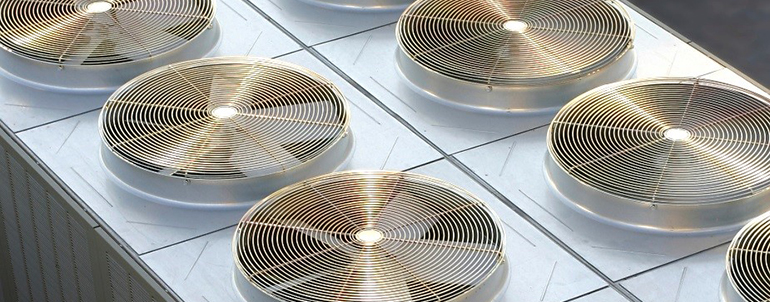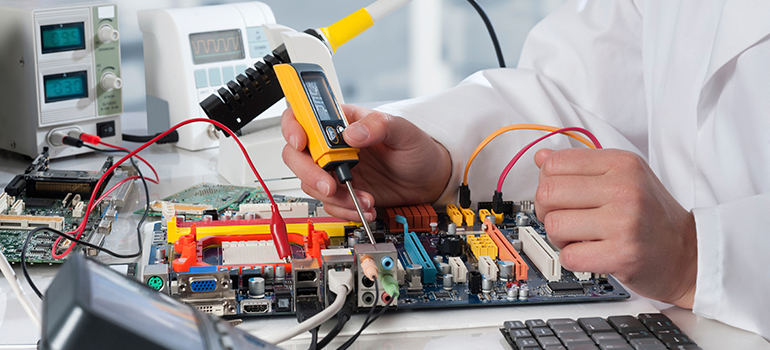Flammable Refrigerants Under UL 60335-2-40

What HVAC Manufacturers Need to Know
12 May 2020
Regulatory bodies are requiring refrigerants to meet limitations on determined global warming potential (GWP), a measure of infrared energy the emissions of a gas will absorb relative to carbon dioxide. Global regulations, such as UL 60335-2-40, require manufacturers to find alternative refrigerants to meet these limitations. In all cases this is a phase down and not a phase out.
The HVAC industry has been looking for refrigerant replacements that are energy efficient, nonflammable, and have lower GWP solution. However, many of the current lower GWP solutions are mildly flammable, so additional precautions must be taken when operating and storing equipment with flammable refrigerants. Considerations around these alternatives include:
- Density. The most popular alternative refrigerant choices are all heavier than air, making them closer to the floor and less able to mix in with fresh air. This increases risks for ignition as well as fumes and vapors, which can also be damaging.
- Physical risks. Some alternatives can cause severe burns on skin or damage the lungs, leading to fluid in lungs, respiratory distress or cardiac arrest.
- Ignition: Many alternatives have a lower flammable limit, making them more quickly and easily ignited. As such, potential sources of ignition (like a brazing torch) have to be considered during installation, operation, service, and tear-down.
UL 60335-2-40 3rd ED covers appliances with flammable refrigerants, and the most recent edition includes installation and operation manual (IOM) requirements, allowable chargeable limits, requirements for detection systems, temperature requirements, sensor locations, flame arrest enclosure verifications, toxicity, and requirements for multi-split systems. There are also three charge level classifications: m1, m2, and m3 – based on the level, different safeties and mitigation will be required.
Under this standard, all appliances must be evaluated for potential leak sources, as well as potential ignition sources in relation to these leaks. Additionally, there are requirements for safety testing, vibration, markings, labelling, transport, installation, intended environment, secondary heat sources, and more.
Evaluating flammable refrigerants under UL 60335-2-40 can take some time, so manufacturers should be prepared. It entails cull evaluation of the appliance construction, as well as a full review of markings and manual(s). The equipment must be assessed for potential leak points, ignition sources and finally a test plan for full evaluation to the standard must be developed and implemented. Working with a trusted partner to complete these evaluations can help complete the process and get products to market efficiently.
Get more insights into flammable refrigerants under UL 60335-2-40; download our complimentary webinar recording.

Craig Grider,
Assistant Chief Engineer
Craig Grider is the Assistant Chief Engineer for Intertek. He has been with Intertek for 10 years, testing and certifying HVAC products and appliances, and managing the startup and development of a state-of-the-art gas and electric heating appliance test lab in Plano, Texas. He is a member and certified engineer with ASGE, has participated as a voting member on several ASHRAE and CSA/ANSI technical committees, is a member of the European Commission Gas Appliance Directive Advisory Committee. He studied electrical engineering at Texas Tech University and mechanical engineering at the University of Texas Arlington, before obtaining an Interdisciplinary Degree in Engineering and Mathematics.


